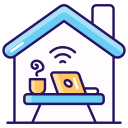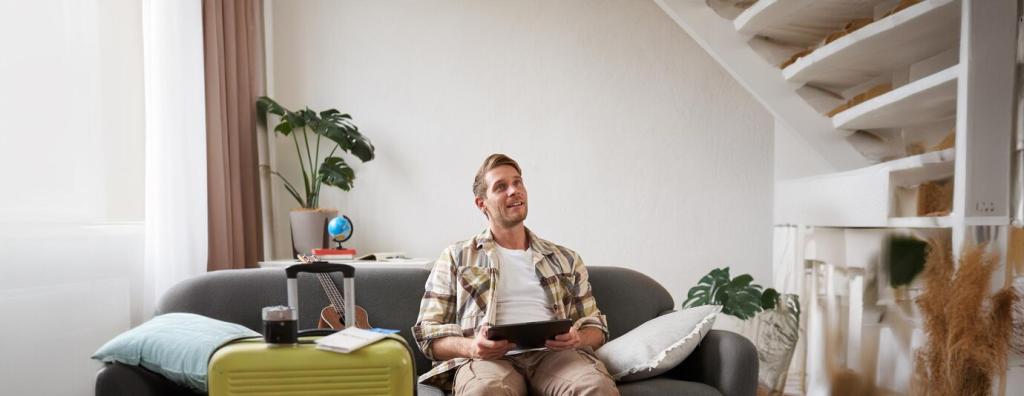Hubs, Bridges, and Cloud-Free Architectures
A capable hub orchestrates routines, scenes, and cross-brand devices with speed and reliability. It can bridge Zigbee, Z-Wave, and Thread while keeping logic local. Love dashboards and schedules? Tell us your must-have automations, and we’ll help map them to a hub that fits your style and budget constraints.
Hubs, Bridges, and Cloud-Free Architectures
Alexa, Google Assistant, and Siri can trigger scenes, announce sensors, and orchestrate groups, sometimes without a dedicated hub. Privacy trade-offs vary by vendor. Do you want hands-free lights or room-aware music? Comment with your daily routines, and we’ll recommend a voice setup that feels natural, not intrusive.




